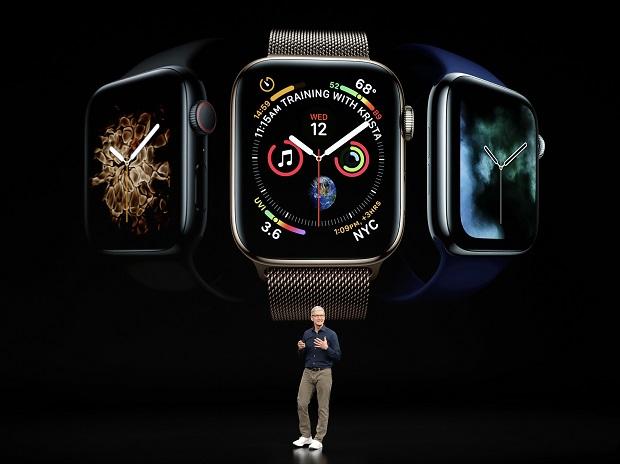As health apps enter medical mainstream is there a way to bring some order?
The
heart rate monitor built into the new Apple
Watch has sparked sharp debate over its risks and benefits, even though
the feature was cleared by the Food and Drug Administration.
But
out of the spotlight, the FDA has been doing away with regulatory action
altogether on many diagnostic health
apps targeting consumers, seeking to accelerate digital health adoption
by defining many of these as “low risk” medical devices.
As
the number of mobile health apps surged to a record 325,000 in 2017, app
performance is going largely unpoliced, leading to what’s been dubbed a “Wild
West” situation. Unfortunately for health consumers, the public can’t rely on
the research community to play the role of sheriff.
When
colleagues and I recently examined the medical literature on direct-to-consumer
diagnostic apps in a study published in Diagnosis, we repeatedly found studies
marred by bias, technological naïveté or a failure to provide crucial
information for consumers. There was also a glaring lack of studies with actual
consumers to see how they use these apps and what the impact on individual
health, whether for better or worse, might be. Read
Complete Article




Comments
Post a Comment